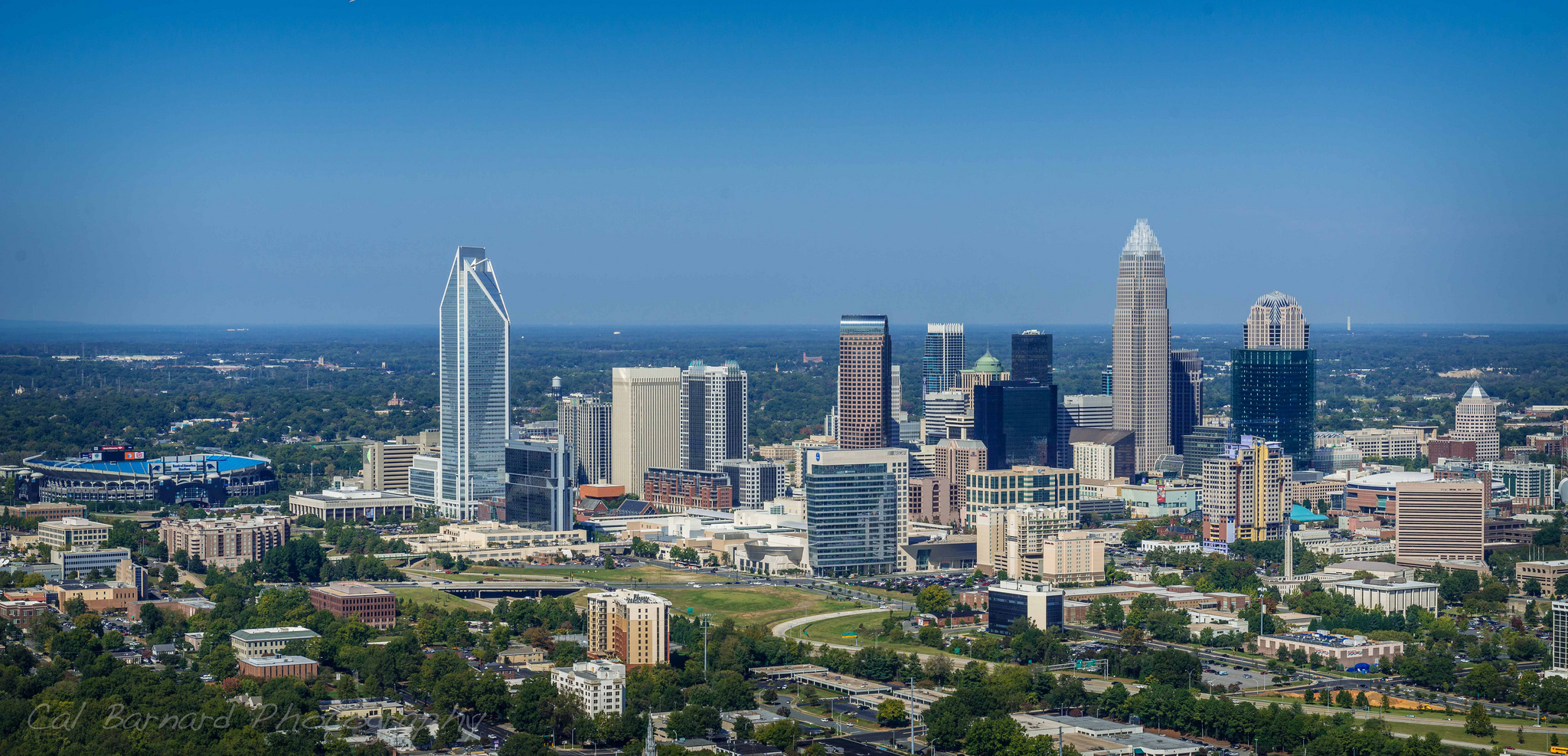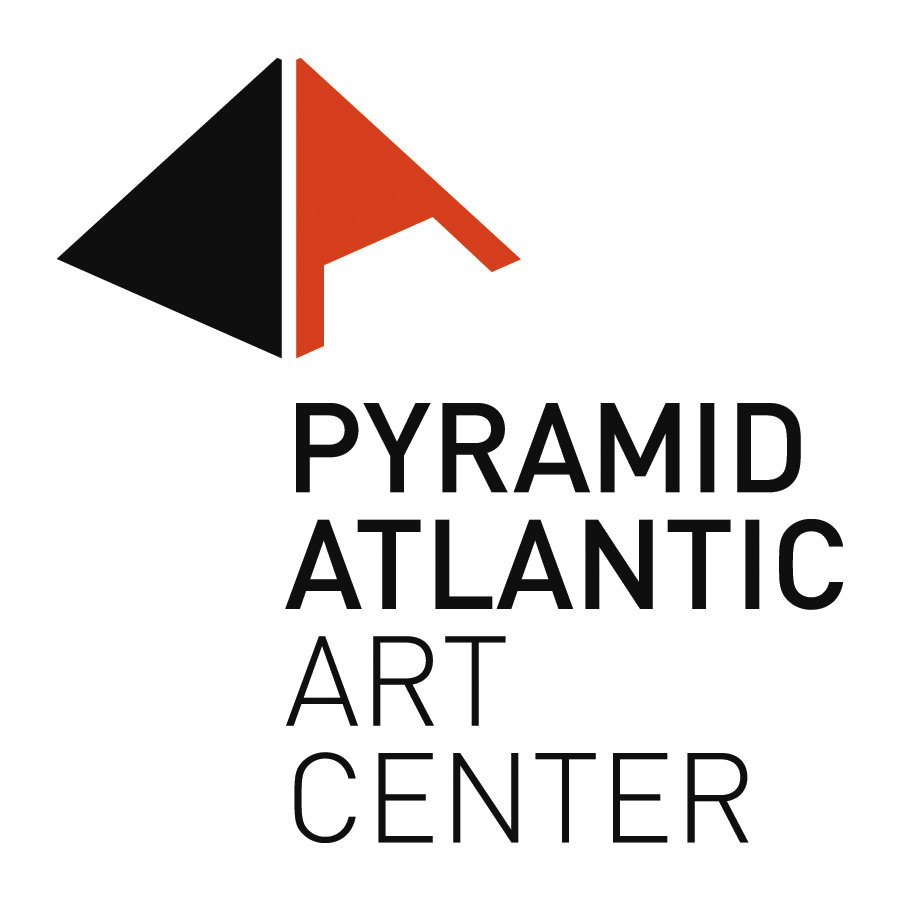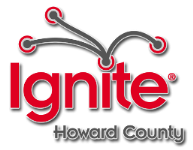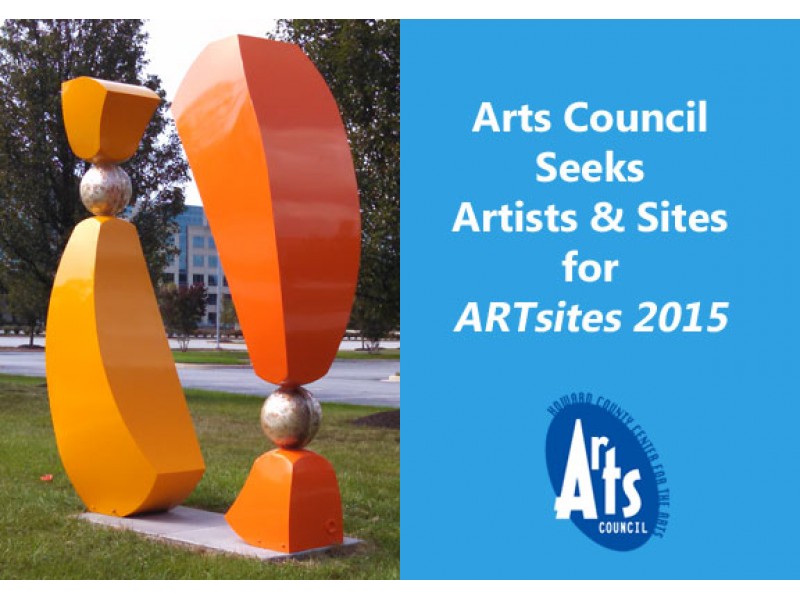
The City of Charlotte Joint Communication Center (JCC) Public Art Opportunity
REQUEST FOR QUALIFICATIONS
APPLICATION DEADLINE: April 9, 2015 – 11:59 p.m. EDT
Pre-submittal Meeting:
March 24, 2015 4:00 p.m. EDT (Attendance is optional)
This meeting is an opportunity for potential applicants to ask questions regarding the project site, public art scope and the submission process.
Meeting location
Arts & Science Council Board Room
227 W. Trade Street, Suite 250
Charlotte, NC 28202
Background
The Arts & Science Council (ASC) is accepting qualifications from professional Artists or Teams of Artists in response to a significant public art opportunity for the City of Charlotte’s Joint Communications Center (JCC).
The JCC will be built on a campus with other buildings occupying a little over five acres. The site is currently flanked by multi and single family housing on its West side and a mix of industrial and commercial businesses on its East side. Located at the intersection of North Graham Street and Statesville Avenue in a distressed area, the property is currently being considered for rezoning from an industrial site to a mixed urban development in hopes of spurring economic growth and investment.
The four-story facility is approximately 82,000 square feet and will provide improved emergency response services by consolidating operator groups who use the same technology to monitor and respond to real-time emergency and non-emergency calls throughout the city of Charlotte. In addition to the primary day-to-day operational functions, the building will house a public waiting area to accommodate the public, public officials, media and emergency personnel awaiting proper deployment during an emergency activation.
Project Description
This is a significant public art opportunity that will impact not only the JCC operators, but also the surrounding neighborhood, businesses, and vehicular traffic. The selected artist or team of artists will be invited to create an engaging experience that is sculptural and interactive. This experience could provide intuitive clues that allude to the hi-tech activity housed inside the facility. The feature will be sited on the exterior of the facility and could trace the perimeter of the property and possibly spill into, activate or engage the entry plaza.
It should be visually engaging during the day and at night. And is further envisioned to invite diverse interpretations while exploring a range of interactive media including, but not limited to: modular, large scale, dynamic, interactive, kinetic, time-based and/or web-based.
The selected artist/artist team(s) must take into consideration specific site conditions including but not limited to security and traffic sight lines. All considered media must be durable, low maintenance, and of a permanent nature.
BUDGET
An amount not to exceed $400,000 is allocated to include all artists’ fees, design, fabrication and installation. Engineering fees and all requirements for code shall be included in this amount.
Minimum Eligibility
- Professional artists who have experience managing, designing and completing public art project commissions over $280,000.00 within the past five (5) years are eligible.
- Must reside in the United States.
- Artists, contractors, designers or architects who are currently under contract with the Arts & Science Council of Charlotte-Mecklenburg, the City of Charlotte or Mecklenburg County or who have completed contracts within the past three (3) years with any of the above listed agencies are not eligible to apply. City or County staff, Public Art Commission members, ASC Board members, ASC staff, and their immediate family members are not eligible.
- Architects interested in applying must have successfully completed at least three (3) public art projects (that are distinguished from infrastructure design) within the last five (5) years to be considered eligible to participate in this opportunity. Eligibility must be demonstrated in the application materials submitted.
SUBMISSION MATERIALS
- Credentials: a Resume or Curriculum Vitae (CV)demonstrating professional history and skills or experience as a professional artist (maximum two pages)
- Statement of Interest: a brief introductory narrative that also provides insight about your interest in the project
- Images: up to ten (10) images or three (3) digital video or movie files limited to two minutes each – of recent work completed within the past five (5) years
- Annotation: titles, date, media and dimensions of artwork
- References will be requested from the finalists
APPLICATION/submission Process
Participants must submit all required materials through SlideRoom. (https://artsandscience.slideroom.com), an online application system
Please be sure to allow adequate time to submit your application as technical difficulties can occur. Applications that are mailed, emailed, faxed, or hand-delivered will not be considered.
Selection Process
This solicitation process is being undertaken to enable the Public Art Commission to identify the most highly qualified artist(s) for this opportunity. A panel of local and national arts professionals and community stakeholders appointed by the Public Art Commission will review eligible artists’ applications, determine a shortlist of finalists, interview three to five finalists and select one (1) artist or team of artists. The selected artist or team of artists will be recommended to the ASC Board of Directors to enter into agreement for this project.
Artist(s) selected for this project will be required to coordinate with Artist(s) working on the Statesville Corridor Public Art Opportunity.
Deadline
April 9, 2015 – 11:59 p.m. EDT
LATE AND INCOMPLETE SUBMISSIONS WILL NOT BE REVIEWED.
SlideRoom technical support is available Monday – Saturday by email until 8 p.m. (CDT) at support@slideroom.com.
Questions










